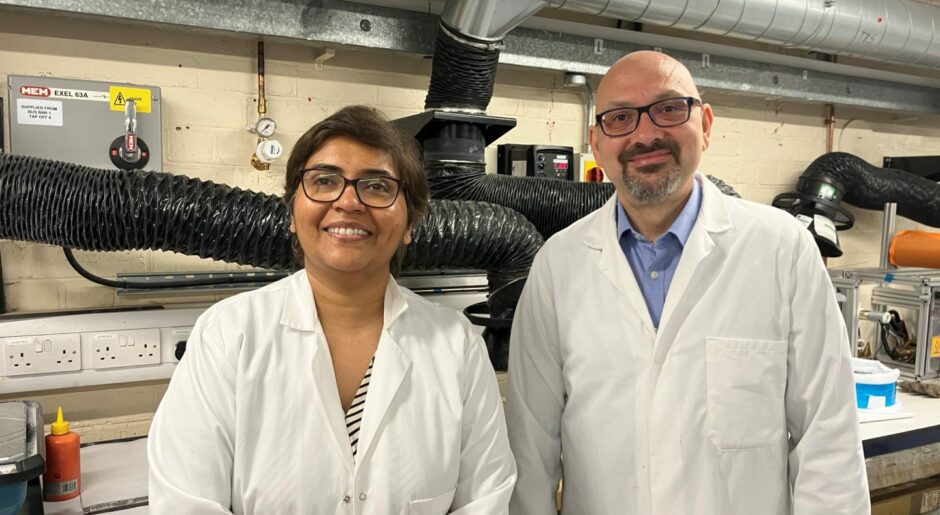
Researchers at the University of Edinburgh have been handed £125 thousand to develop their wind turbine recycling process.
Professor Vasileios Koutsos and Dr Dipa Roy are developing a technique to turn old wind turbine blades into powders that could be used to protect engineering and structural components, including new wind turbine blades.
The powders could be used in surface coatings, to protect engineering and structural components from corrosion and erosion caused by rain.
Turbines are usually made from a complex composite of materials bonded together by a strong adhesive known as epoxy, and reinforced with fibres – making them difficult and expensive to separate and recycle.
They have received funding from Greencoat UK Wind, an investment trust specialising in renewable energy infrastructure, for a 12-month research project – ‘Added-value CoatTings’ (ACT) – to develop the process.
Professor Koutsos said: “The recycling of the fibre-reinforced, epoxy-based composites used in many applications, including wind turbine blades, has become of critical importance for net zero targets.
“We are delighted to have been awarded the funding for this innovative project and look forward to using our materials expertise to create a novel recycling technology that is likely to have a considerable commercial impact.”
This comes the same week that RenewableUK published a report that found there are 97 GW of offshore wind in development in the UK, an increase of around 6 GW from a year ago.
With an increase in demand and ambition for wind energy, solutions in the decommissioning space are needed.
Almost half of the offshore wind power in the UK, 41 GW, is in the North Sea off Scotland, while a large portion (33 GW) will be located further south in the English North Sea.
Globally, the offshore wind pipeline tops 1.23 terawatts (TW), an increase of nearly 400GW in the last year.
The pipeline includes projects at every stage of development: operational, under construction, consented or planned.
Recommended for you

